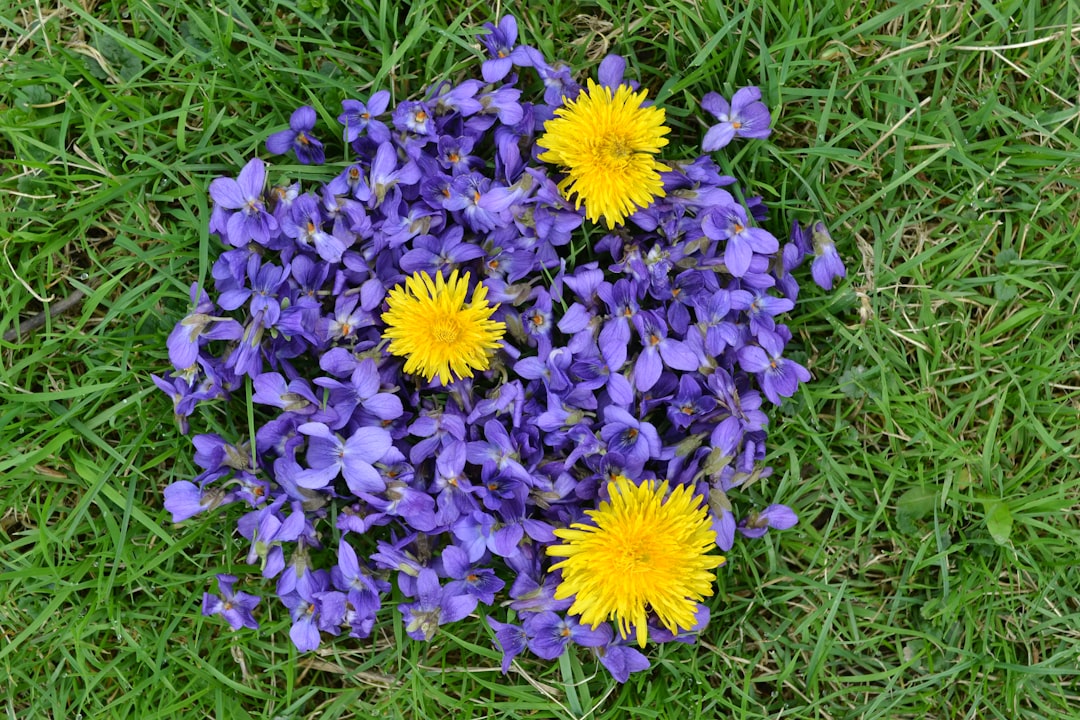Unveiling the Secrets of Fennel Cultivation

Edible gardening is a rewarding endeavor that allows you to connect with nature and enjoy the fruits (or vegetables) of your labor. Among the many herbs that can be grown in an edible garden, fennel stands out as a versatile and flavorful option. There are three main types of fennel: common fennel, Florence fennel, and ornamental bronze fennel. Each type has its own unique characteristics and growing requirements. In this article, we will explore essential tips for growing these different types of fennel.
Common Fennel
Common fennel (Foeniculum vulgare) is a perennial herb that is native to the Mediterranean region. It is known for its feathery foliage, yellow flowers, and anise - flavored seeds. Common fennel can grow up to 6 feet tall and has a strong, licorice - like aroma.
1. Site Selection
Common fennel thrives in full sun. Choose a location in your garden that receives at least 6 - 8 hours of direct sunlight per day. It also prefers well - drained soil. If your soil is heavy or clayey, consider amending it with compost or sand to improve drainage.
2. Planting
You can start common fennel from seeds. Sow the seeds directly into the garden in the spring after the last frost. Plant the seeds about 1/4 inch deep and 12 - 18 inches apart. Keep the soil moist until the seeds germinate, which usually takes about 7 - 14 days.
3. Watering
Once established, common fennel is relatively drought - tolerant. However, it still needs regular watering, especially during dry spells. Water deeply but infrequently to encourage deep root growth. Avoid over - watering, as this can lead to root rot.
4. Maintenance
Common fennel doesn't require much maintenance. You can prune the plant to control its size and shape. Harvest the leaves and seeds as needed. The leaves can be used fresh in salads, soups, or as a garnish, while the seeds can be used in cooking or for making tea.
Florence Fennel
Florence fennel (Foeniculum vulgare var. azoricum), also known as finocchio, is a biennial herb that is grown for its bulbous base. It has a milder, sweeter flavor compared to common fennel and is a popular ingredient in Italian cuisine.
1. Site Selection
Like common fennel, Florence fennel prefers full sun and well - drained soil. It also needs a sheltered location, as strong winds can damage the delicate bulbs.
2. Planting
Start Florence fennel from seeds or seedlings. If starting from seeds, sow them directly into the garden in early summer. If using seedlings, plant them about 6 - 8 inches apart. Make sure to plant them at the same depth as they were in the container.
3. Watering
Florence fennel needs consistent moisture to develop its bulbs properly. Water regularly, keeping the soil evenly moist. Mulching around the plants can help retain moisture and suppress weeds.
4. Maintenance
As the bulbs start to form, you can hill up the soil around them to blanch the bulbs and keep them tender. Harvest the bulbs when they are about 3 - 4 inches in diameter. Cut the bulbs off at the base, leaving the roots in the ground.
Ornamental Bronze Fennel
Ornamental bronze fennel (Foeniculum vulgare 'Purpureum') is a variety of common fennel that is grown for its attractive bronze - colored foliage. It has the same anise - flavored seeds and foliage as common fennel but adds a decorative element to the garden.
1. Site Selection
Ornamental bronze fennel also prefers full sun and well - drained soil. It can tolerate a wider range of soil types compared to Florence fennel.
2. Planting
Plant ornamental bronze fennel from seeds or seedlings. Sow the seeds in the spring or fall. If using seedlings, plant them about 18 - 24 inches apart.
3. Watering
Water ornamental bronze fennel regularly, especially during the first few weeks after planting. Once established, it can tolerate some drought.
4. Maintenance
Prune the plant to remove any dead or damaged foliage. You can also harvest the seeds and foliage for culinary use. The bronze foliage makes it a great addition to flower arrangements and can be used to add color and texture to the garden.
In conclusion, growing different types of fennel can be a fun and rewarding experience. Whether you are looking for a flavorful herb for cooking or an ornamental plant for your garden, fennel has something to offer. By following these essential tips, you can successfully grow common fennel, Florence fennel, and ornamental bronze fennel in your edible garden.